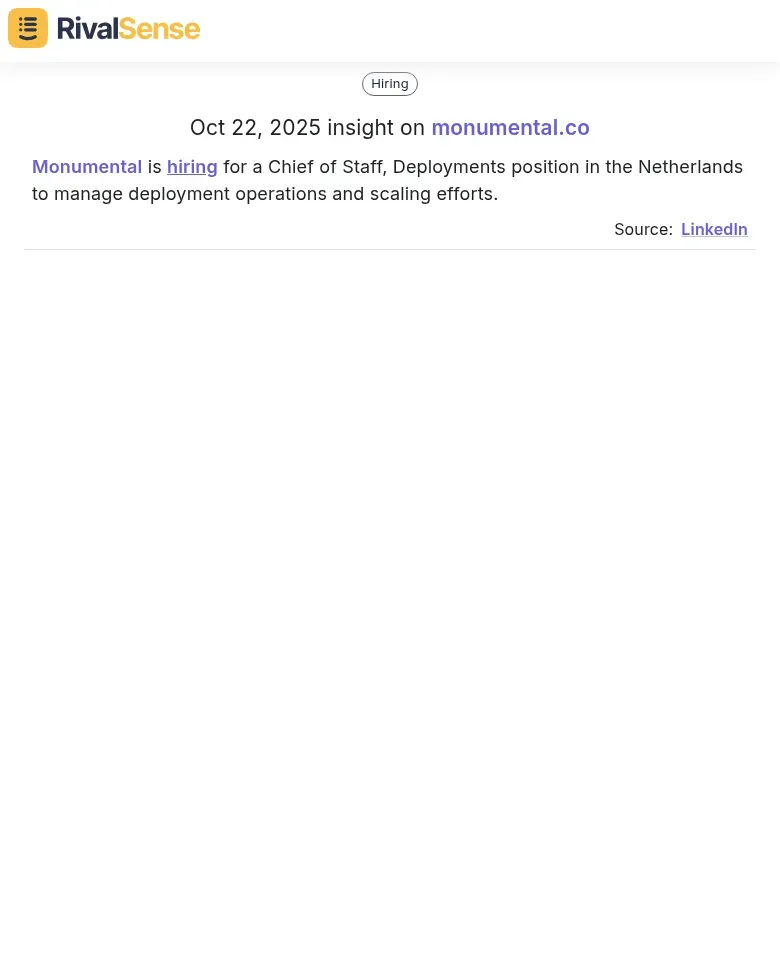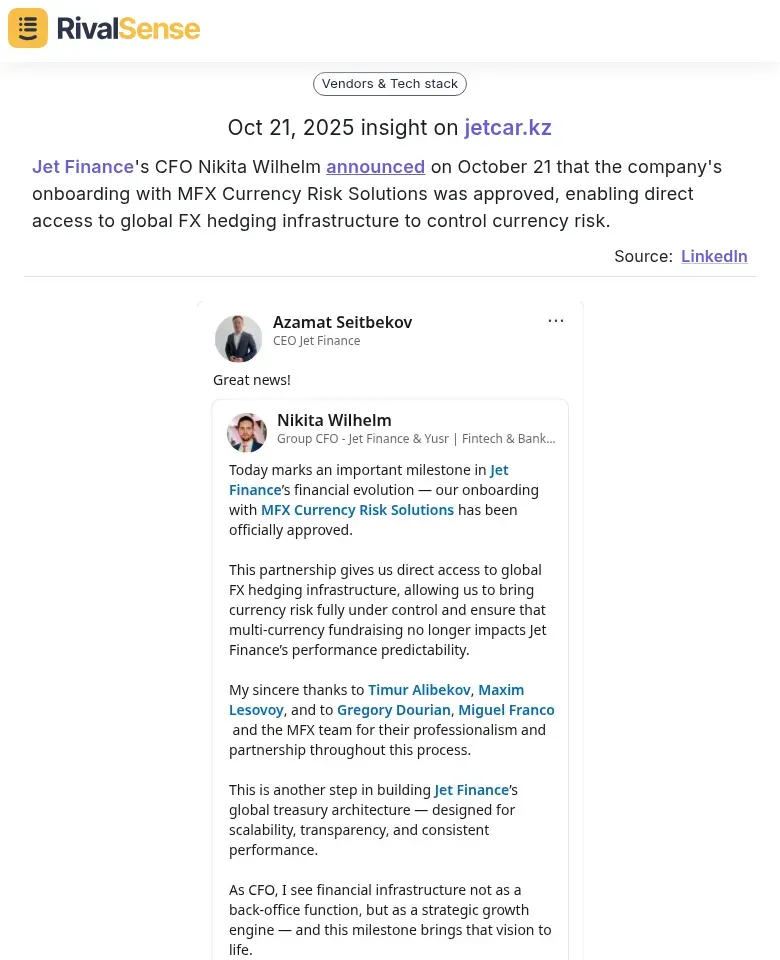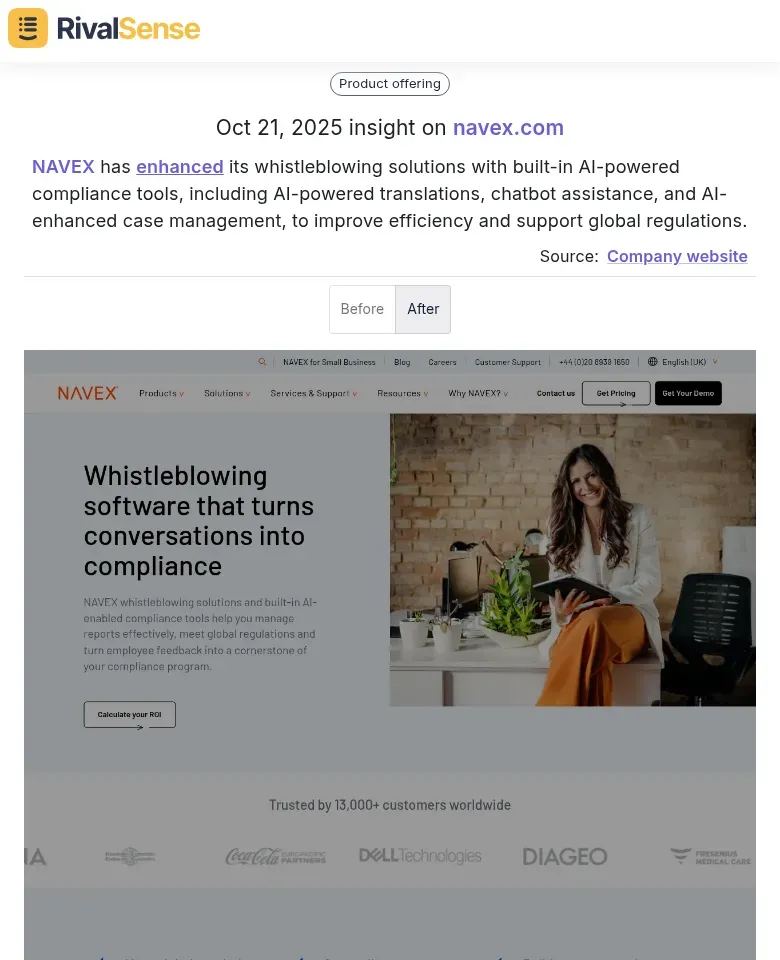Cloud Infrastructure Leaders: Key Account Management Strategies for Success
The cloud infrastructure market is intensely competitive, with giants like AWS, Azure, and Google Cloud dominating the landscape. Rapid innovation, price wars, and a shift toward hybrid and multi-cloud solutions make differentiation critical for survival. In this environment, key account management (KAM) is essential for retaining high-value clients, who often contribute disproportionately to revenue. Effective KAM involves building deep relationships, anticipating needs, and delivering personalized value to reduce churn and foster loyalty. This post equips business leaders with practical strategies to excel in KAM, focusing on actionable steps like conducting regular client health checks, leveraging data for proactive support, and aligning teams around client success. Key takeaways include frameworks for identifying at-risk accounts, enhancing communication, and driving long-term partnerships. For instance, implement a quarterly review checklist: ✅ assess client satisfaction, ✅ track usage patterns, and ✅ identify upsell opportunities. By mastering KAM, companies can secure their foothold in the competitive cloud arena and drive sustainable growth.
Strategies for Effective Key Account Management in Cloud Services
Effective key account management in cloud services is vital for maintaining strong client relationships and boosting retention. It requires a strategic blend of relationship-building, data-driven insights, and proactive support to deliver exceptional value. Start by building personalized relationships and trust with key accounts through regular check-ins, understanding their business goals, and assigning dedicated account managers who act as trusted advisors. This foundation ensures long-term loyalty and reduces the risk of churn.
Leverage data analytics to anticipate client needs and prevent issues before they arise. Monitor usage patterns, performance metrics, and feedback to identify risks early. For example, if a client's usage drops, proactively reach out with tailored solutions. Use predictive analytics to forecast demands and offer relevant upgrades, enhancing satisfaction and retention.
Implement proactive support and tailored service level agreements (SLAs) to exceed client expectations. Go beyond reactive fixes by offering 24/7 monitoring, regular health checks, and customized SLAs that align with client priorities—like guaranteed uptime for critical applications. Provide checklists for quarterly reviews to assess SLA performance and adjust as needed. 🛠️ Practical tip: Create a 'client success plan' outlining goals, metrics, and support touchpoints to ensure alignment and swift issue resolution.
Competitive Intelligence and Market Research Insights
In the cloud infrastructure sector, competitive intelligence serves as your strategic compass for staying ahead. By systematically analyzing competitor moves, you can identify market gaps and adapt your strategies in real-time. For example, tracking management changes can reveal competitor expansion plans and help you anticipate shifts in the market. RivalSense recently highlighted that Monumental is hiring for a Chief of Staff, Deployments position in the Netherlands to manage deployment operations and scaling efforts.  This type of insight is valuable because it allows you to gauge competitor growth strategies and adjust your own resource allocation or market entry plans accordingly.
This type of insight is valuable because it allows you to gauge competitor growth strategies and adjust your own resource allocation or market entry plans accordingly.
Use competitor tracking tools like RivalSense to monitor feature releases, pricing changes, and customer sentiment. Practical steps to get started:
- ✅ Set up alerts for competitor announcements and pricing updates.
- ✅ Analyze customer reviews on platforms like G2 or Capterra to identify pain points.
- ✅ Compare feature sets quarterly to spot differentiation opportunities.
Adapt your strategy based on these insights. If a competitor lowers prices, assess whether to match, differentiate on value, or target underserved segments. Continuously monitoring market movements enables quick pivots, ensuring your offerings remain competitive and aligned with evolving customer demands.
Case Studies and Real-World Applications
Learning from real-world examples can provide powerful lessons in key account management. Cloud leaders like AWS and Microsoft Azure excel by treating top clients as strategic partners and leveraging competitive intelligence. For instance, tracking partnerships can uncover new market opportunities or threats. RivalSense insights show that Jet Finance's CFO Nikita Wilhelm announced on October 21 that the company's onboarding with MFX Currency Risk Solutions was approved, enabling direct access to global FX hedging infrastructure to control currency risk.  This type of insight is valuable because it helps you identify strategic alliances that could impact your competitive positioning, allowing you to respond with tailored offers or partnerships of your own.
This type of insight is valuable because it helps you identify strategic alliances that could impact your competitive positioning, allowing you to respond with tailored offers or partnerships of your own.
In contrast, failures occur when firms neglect personalized engagement; one provider lost a Fortune 500 account by using generic pitches instead of tailored insights from competitor tracking. Practical steps to apply these lessons:
- ✅ Conduct regular SWOT analyses on competitors to identify gaps (e.g., if a rival lacks 24/7 support, emphasize yours).
- ✅ Use tools like RivalSense to monitor competitor moves and integrate data into quarterly account reviews.
- ✅ Develop a checklist: audit client pain points, benchmark against competitors, and customize solutions.
💡 Tip: Leverage win-loss interviews to refine strategies—ask clients why they chose you over others to uncover competitive advantages.
Tools and Technologies for Enhancing Account Management
Leveraging the right tools is essential for optimizing account management in cloud infrastructure. These technologies enable you to track competitors, automate tasks, and enhance client relationships efficiently. For example, monitoring product updates can reveal how competitors are innovating to meet regulatory or customer needs. RivalSense recently reported that NAVEX has enhanced its whistleblowing solutions with built-in AI-powered compliance tools, including AI-powered translations, chatbot assistance, and AI-enhanced case management, to improve efficiency and support global regulations.  This type of insight is valuable because it highlights competitor advancements in AI and compliance, helping you identify trends to incorporate into your own offerings or to differentiate your services.
This type of insight is valuable because it highlights competitor advancements in AI and compliance, helping you identify trends to incorporate into your own offerings or to differentiate your services.
Start with competitor tracking platforms like RivalSense, which monitor rivals' pricing changes, feature launches, and marketing campaigns—giving you real-time insights to counter their moves. Integrate this data into your CRM (e.g., Salesforce or HubSpot) to segment accounts by risk and opportunity; for instance, flag clients at risk of churn if a competitor offers a similar service. Use analytics tools like Google Analytics or Mixpanel to track client engagement metrics, such as feature usage, and set up automated alerts for drops in activity.
Automation and AI can streamline tasks: deploy AI-powered chatbots for instant client support, use predictive analytics to identify upsell opportunities, and automate personalized email sequences based on client behavior. Best practices include:
- ✅ Regularly update competitor intel in your CRM.
- ✅ Conduct quarterly reviews of account health scores.
- ✅ Train teams on interpreting analytics dashboards.
Checklist for tool implementation:
- 🔍 Monitor competitor social media.
- ⚠️ Set up Google Alerts for rival news.
- 🤖 Use AI tools like Gong for call analysis.
By combining these technologies, you can proactively address client needs, boost retention, and stay ahead in the competitive cloud market.
Future Trends and Strategic Recommendations
Cloud infrastructure is evolving rapidly, with AI-driven automation, edge computing expansion, and sustainability mandates reshaping account management. These trends require proactive strategies to maintain a competitive edge and foster client loyalty. Leaders must anticipate shifts and adapt their approaches to stay relevant in a dynamic market.
To capitalize on these trends, leverage AI for predictive customer insights, integrate edge solutions to reduce latency, and adopt green tech to meet regulatory and client expectations. CEOs should monitor competitors' pricing shifts, feature launches, and customer feedback using tools like RivalSense for real-time alerts. Implement a quarterly competitive review, foster cross-department collaboration, and invest in upskilling teams on emerging tech.
Actionable steps for implementation:
- ✅ Audit current account plans for AI and edge readiness.
- ✅ Set up automated tracking of rival moves.
- ✅ Pilot a sustainability initiative with key clients.
By acting on these insights, you can secure loyalty and outpace rivals, ensuring long-term success in the cloud infrastructure space.
Ready to take your competitive strategy to the next level? Try RivalSense for free at https://rivalsense.co/ and get your first competitor report today! Track product launches, pricing updates, partnerships, and more to stay ahead in the cloud market.
📚 Read more
👉 How Atea's Incident Response Team Uncovered Hidden Competitor Advantages
👉 Advanced Twitter Tactics for Tracking Competitor Activity
👉 Predictive Analytics for Key Account Success in Transportation
👉 Avoid These 4 Pricing Mistakes When Tracking Competitor Insights
👉 How SentinelOne's Acquisition of Observo AI Enhances Competitor Analysis Strategies
